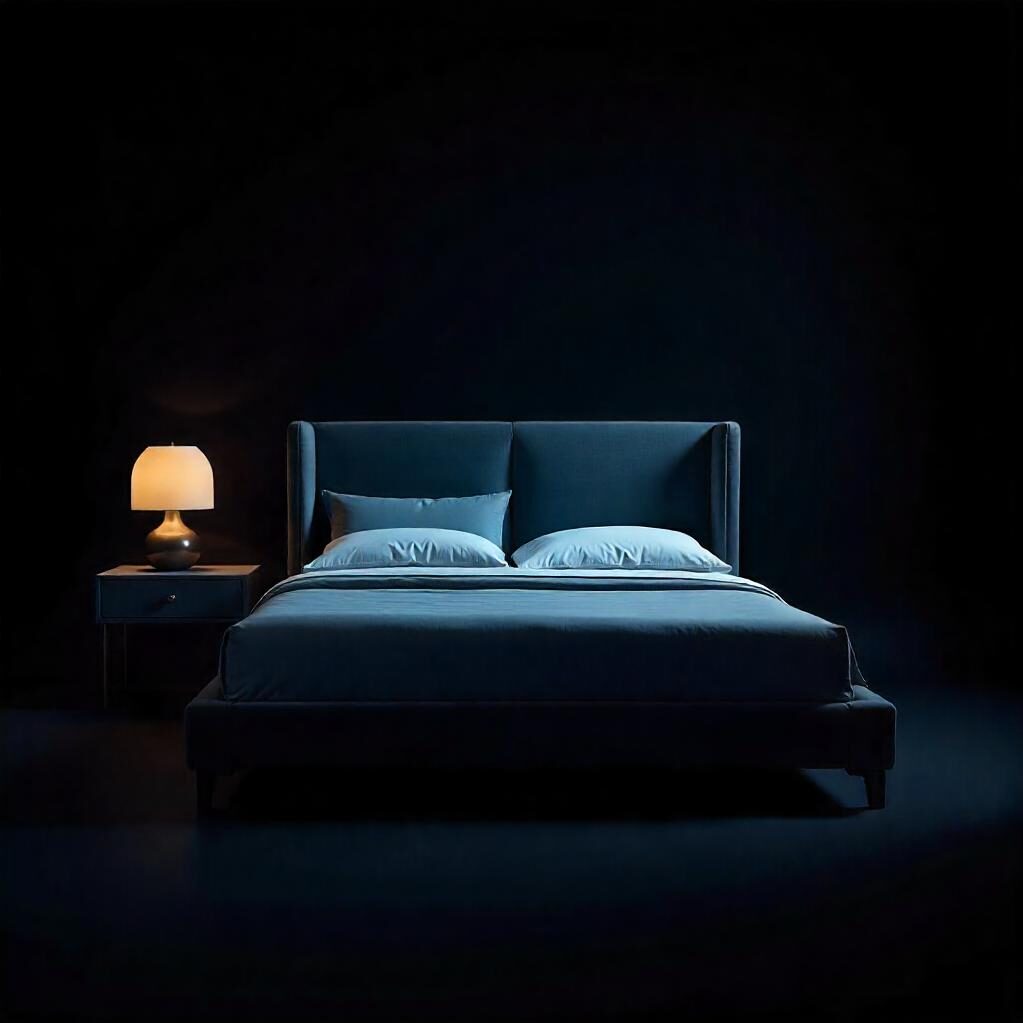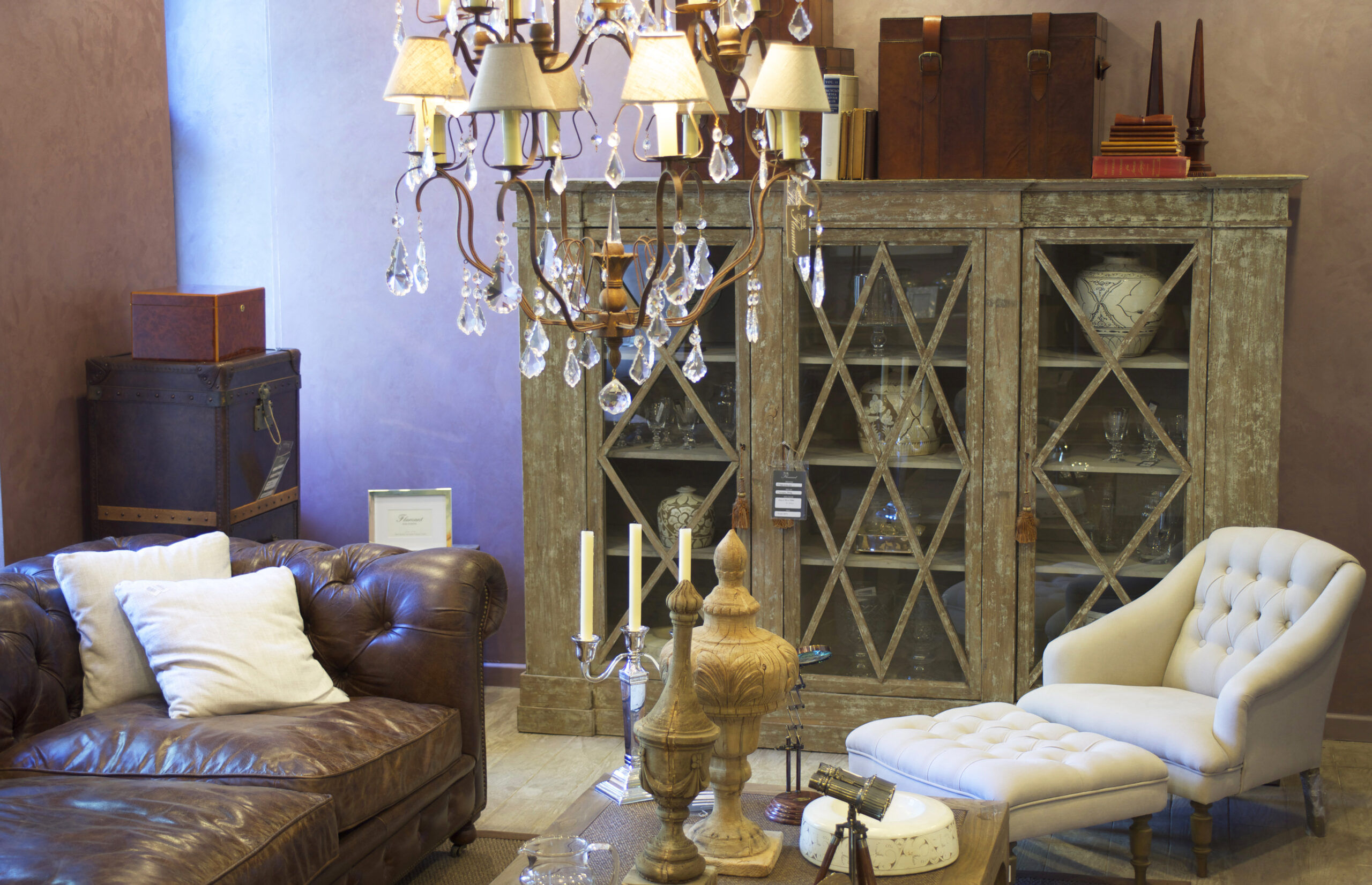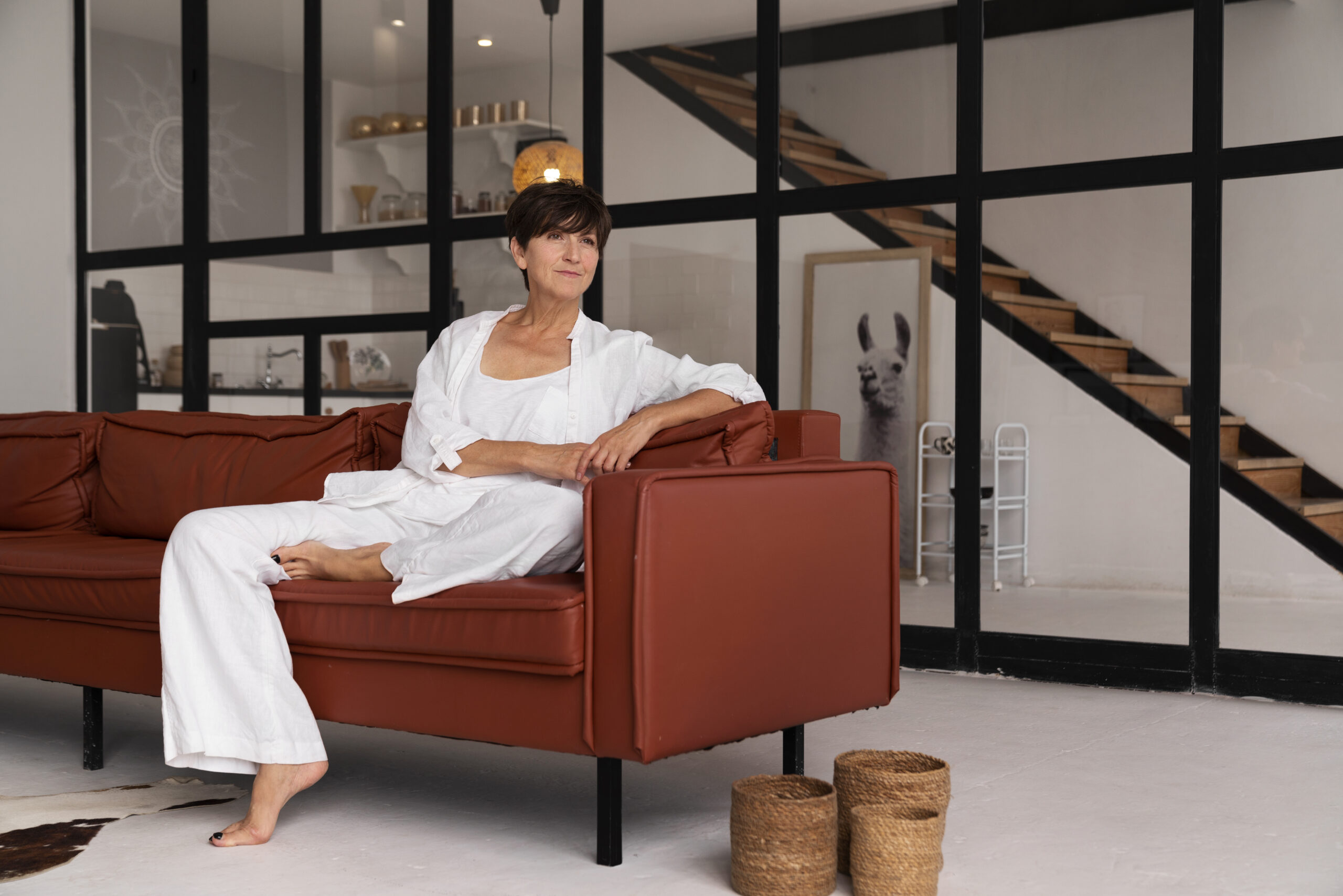Minimalism is more than just a design trend; it’s a lifestyle choice that focuses on simplicity, functionality, and creating calm, uncluttered spaces. By embracing minimalism, you can transform your home into a peaceful sanctuary where each piece of furniture and decor serves a clear purpose. Here’s how to embrace the art of simplified spaces in your home.
1. Declutter Your Space
The foundation of minimalism is decluttering. Start by removing items that no longer serve a function or bring joy to your home. Aim for clean surfaces and avoid overcrowding your rooms with unnecessary objects. Store or donate items that are not essential, creating space for only the things you truly need and love.
2. Focus on Functionality
Every item in a minimalist space should have a clear function. Opt for furniture that offers storage solutions, like multi-purpose pieces that help keep things organized. For example, choose a sofa with built-in storage or a dining table with hidden drawers to keep everyday items out of sight.
3. Use Neutral Colors
Neutral tones are key in minimalist design. White, gray, beige, and soft earth tones can make a room feel open, airy, and serene. These colors not only create a calm atmosphere but also help highlight key design features, like clean lines and quality textures, without overwhelming the space.
4. Embrace Open Floor Plans
An open floor plan is a hallmark of minimalist design. Remove walls and unnecessary partitions to create a sense of flow and openness. This layout allows light to fill the space, making it feel larger and more inviting. A wide-open living area promotes relaxation and reduces visual clutter.
5. Choose Quality Over Quantity
In a minimalist home, less is more. Instead of filling your space with lots of furniture and decor, focus on high-quality, timeless pieces. A well-crafted sofa, a beautiful wooden dining table, or a striking piece of art can stand on its own and create an impactful focal point in the room.
6. Incorporate Natural Elements
Nature is an essential part of minimalist design. Integrate natural materials like wood, stone, and metal into your space to bring warmth and texture without clutter. Additionally, incorporate plants to add a touch of greenery and life to your home while maintaining simplicity.
7. Streamline Your Decor
Minimalism calls for pared-down decor. Opt for simple artwork, geometric shapes, and functional accessories. Limit the number of decorative items, and instead focus on quality pieces that make a statement without overwhelming the room.
8. Keep Lighting Simple Yet Effective
Lighting is crucial in a minimalist home, so choose clean, modern light fixtures that complement your space. Avoid cluttered lampshades or overly ornate chandeliers. Opt for sleek pendant lights, recessed lighting, or floor lamps that offer ample illumination while maintaining a sense of openness.
Final Thoughts
Minimalism in interior design is about stripping away excess and embracing simplicity. By decluttering, focusing on functionality, and opting for clean, neutral designs, you can create a peaceful, serene home that promotes clarity and relaxation. Minimalist spaces invite calm and allow you to appreciate the beauty in simplicity.



